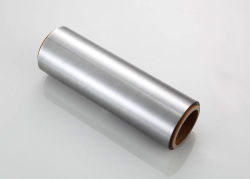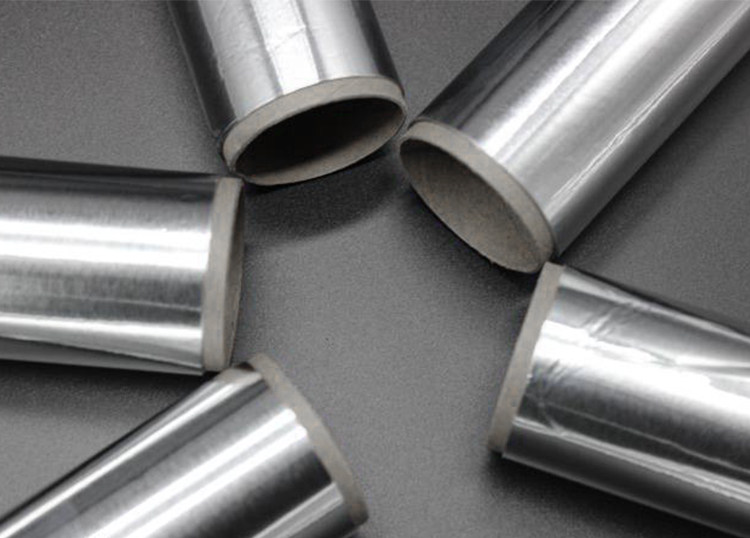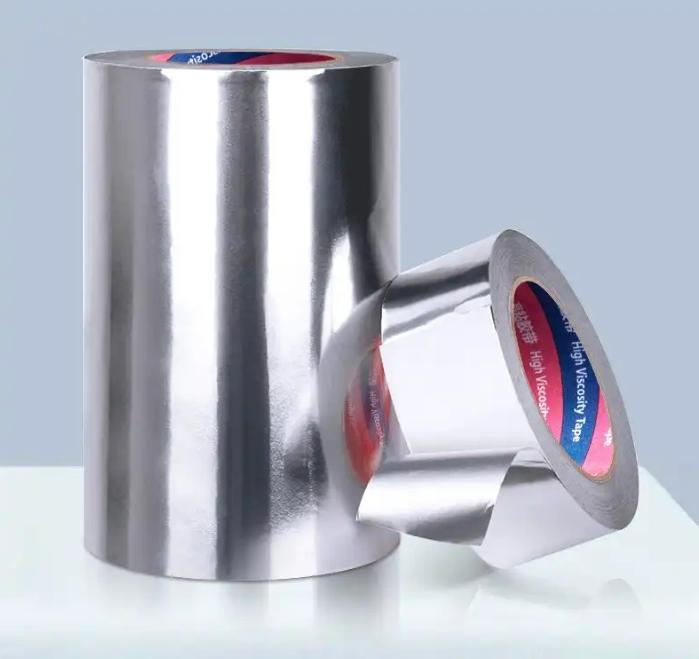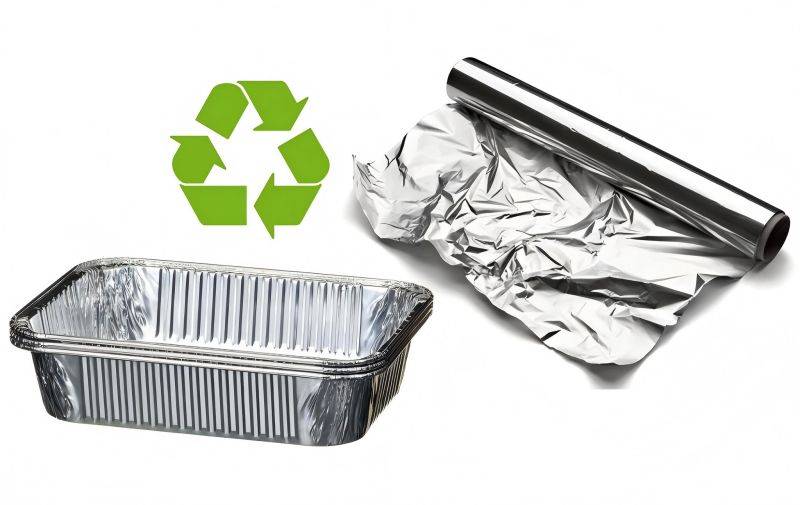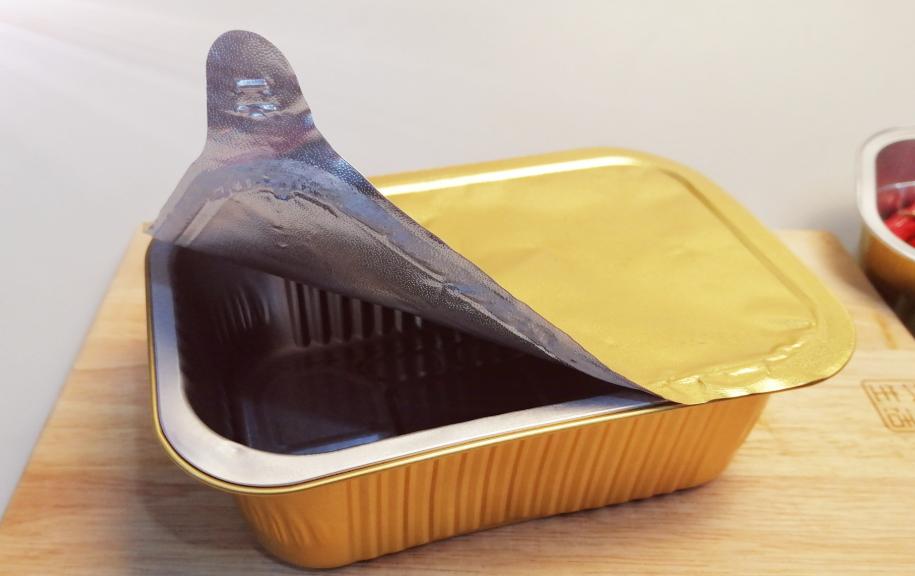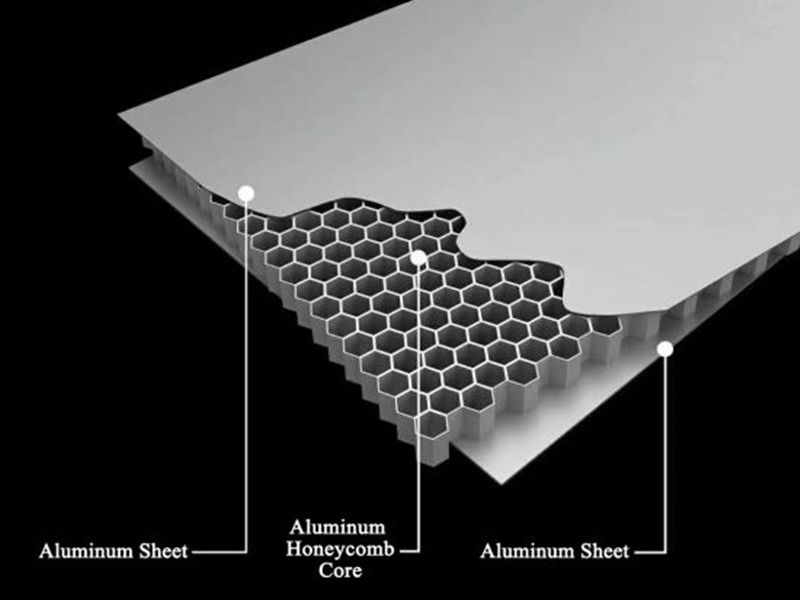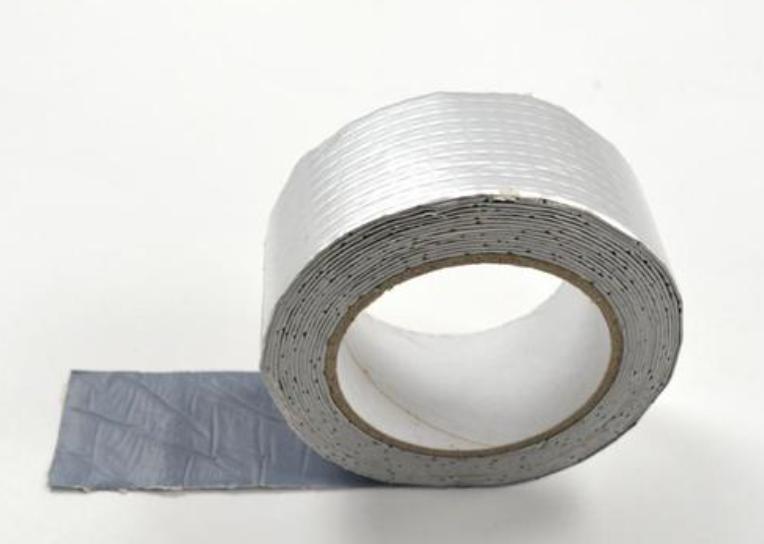The application of aluminum foil in the home field, especially as a window insulation material, is often overlooked by people. Actually, putting aluminum foil on windows can not only effectively improve energy efficiency, but also protect privacy, prevent UV damage, and even add a touch of brightness to indoor decoration. This article will delve into the 8 common functions of aluminum foil on windows.
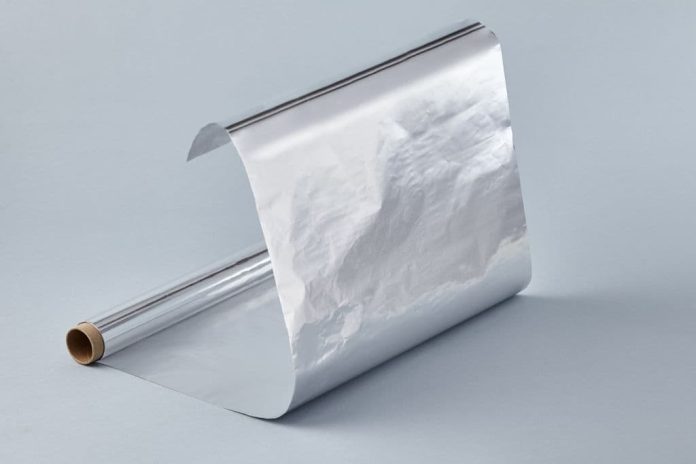
1. Heat Insulation and Reflection
Aluminum foil on windows is an effective tool for managing indoor temperature. In summer, it can be difficult to keep your home cool, especially with rising temperatures. Applying aluminum foil to windows in summer can significantly reduce heat gain. This is because aluminum foil has excellent reflective properties, which means it can reflect sunlight and its related heat out of your home.
When sunlight shines on windows covered with aluminum foil, the foil reflects most of the solar radiation, preventing it from entering the room. This can lead to a significant decrease in indoor temperature, reducing the demand for air conditioning and thus lowering your energy costs. By sticking aluminum foil on the windows, you can create a more comfortable indoor environment without relying too much on the cooling system.
2. Light Control and Privacy Protection
Another benefit of putting aluminum foil on windows is that it can control light and enhance privacy. In certain rooms, such as bedrooms or daycare rooms, blocking light is crucial for ensuring a peaceful sleep. Aluminum foil on windows to keep light out can be an effective solution for creating a dark environment conducive to better sleep.
Aluminum foil can serve as a barrier to prevent external light sources from penetrating the glass. This is particularly useful in the early morning or evening when light can interfere with sleep. In addition, the reflective properties of aluminum foil also contribute to improving privacy. Covering windows with aluminum foil can prevent people from looking inside while maintaining a certain degree of natural light control.
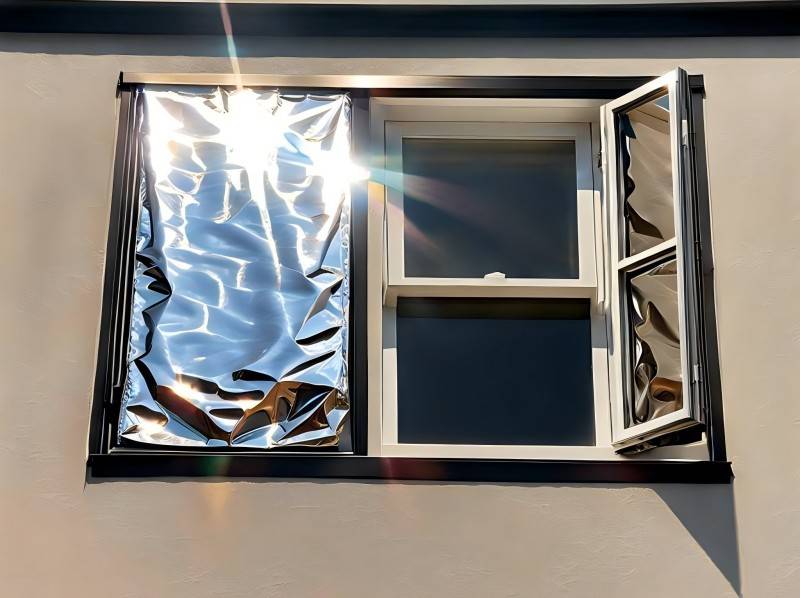
3. Temperature Regulation in Winter
Although aluminum foil is commonly used for insulation in summer, it can also serve as a temperature regulator in winter. In cold seasons, aluminum foil on windows to keep heat out can help to reflect indoor heat back into the room. This reflective property helps minimize heat loss through windows, which are often the weak link in home insulation.
The use of aluminum foil can supplement other insulation measures, making it easier to maintain a warm indoor environment. By reducing the heat lost from windows, you can lower heating costs and improve overall thermal efficiency.
4. UV Protection
The ultraviolet (UV) rays emitted by the sun can cause damage to various indoor items, including furniture, carpets, and plants. Over time, exposure to ultraviolet radiation can cause these items to fade and deteriorate. Aluminum foil on windows is an effective way to block UV rays and protect your belongings.
By sticking aluminum foil on the windows, you can create a barrier that reflects ultraviolet rays, preventing them from entering your living space. This simple solution can help extend the lifespan of furniture and other indoor items and also prevent indoor plants from being damaged by sunlight.
5. Temporary Window Solution
Aluminum foil can also serve as a practical temporary solution for covering damaged or broken windows. When dealing with windows that require immediate attention, putting aluminum foil on windows can quickly and cost-effectively solve the problem. This temporary measure can help protect your home from adverse weather conditions and maintain a certain level of privacy until more permanent repairs are made.
The installation of aluminum foil is straightforward: simply cut the foil to fit the window and secure it in place with tape or other adhesives. This method is not only quick but also easily removable when you are ready to address the window issue more permanently.
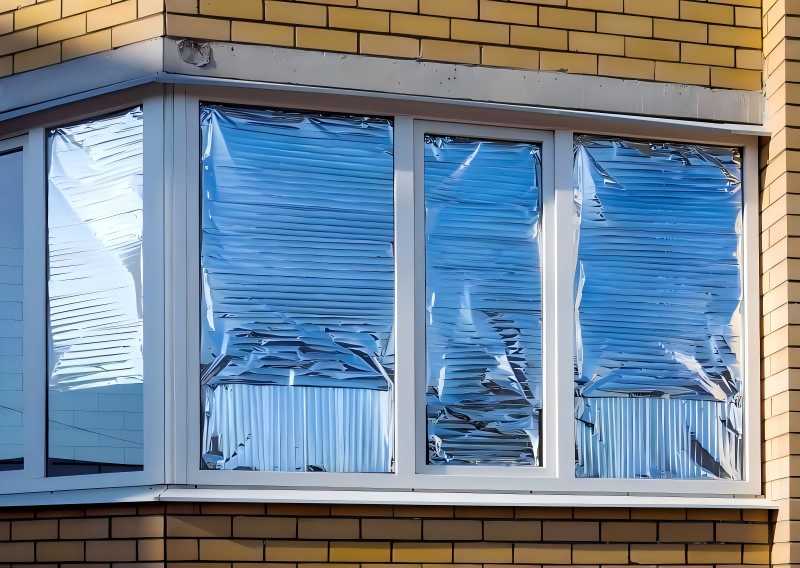
6. Noise Reduction
While not its primary purpose, aluminum foil can also offer some degree of noise reduction. If you’re looking for a way to reduce outside noise disturbances, covering windows with aluminum foil might help to dampen the sound. The foil acts as an additional layer that can absorb and block some sound waves, although it may not be as effective as specialized soundproofing materials.
Using aluminum foil on windows to reduce noise is more of a supplementary measure rather than a comprehensive solution. For significant noise reduction, combining aluminum foil with other soundproofing techniques might be necessary.
7. Energy-Efficiency and Sustainability
Incorporating aluminum foil into your window treatment aligns with broader energy-saving and sustainability goals. By using aluminum foil to manage heat and light, you reduce the need for heating and cooling systems, which in turn lowers your overall energy consumption. This simple, low-cost solution helps to minimize electricity usage, making your home more energy-efficient.
In addition, aluminum foil is a recyclable material, which increases its sustainability. Choosing aluminum foil as window decoration can save money and protect the environment.
8. Indoor Decoration
Aluminum foil on windows can also be employed to create unique decorative effects. By cutting the foil into various shapes and arranging it on your windows, you can produce distinctive light and shadow patterns that add an artistic touch to your interiors. This creative application allows you to blend functionality with design, offering a novel way to incorporate aluminum foil into your home decor.
For those who find the reflective surface of plain aluminum foil less appealing, combining it with other materials or using it alongside more decorative window coverings can provide a balanced solution. This approach helps to maintain both the practical benefits of aluminum foil and the desired aesthetic of your space.
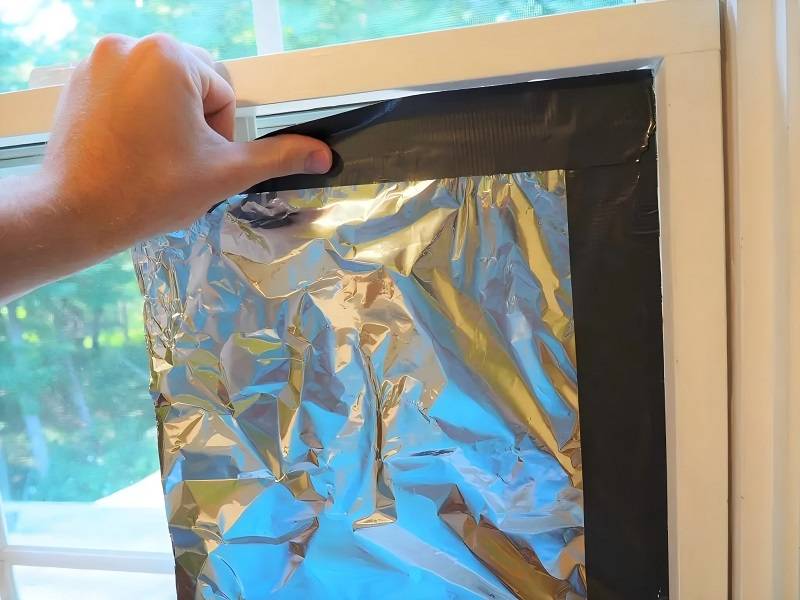
In summary, aluminum foil on windows offers a range of practical uses. Still, in practice, aluminum foil is usually made into aluminum foil tape or aluminum foil film for easy installation and use. It should be noted that when using aluminum foil to block Windows, make sure that it will not affect indoor lighting and ventilation.


